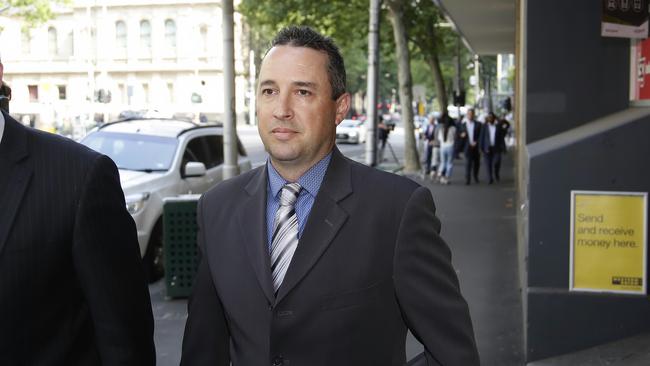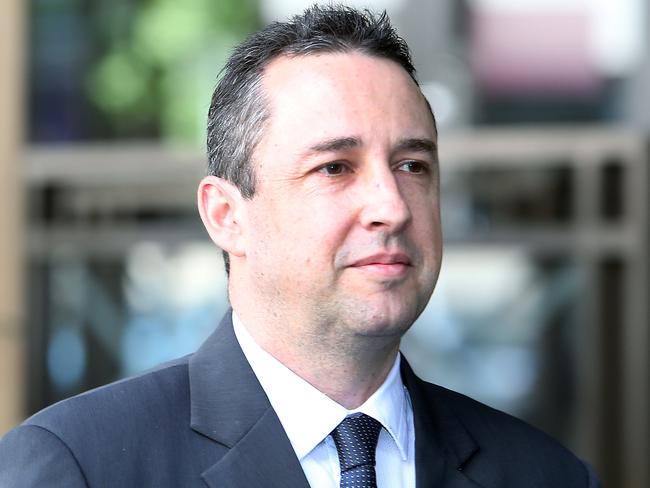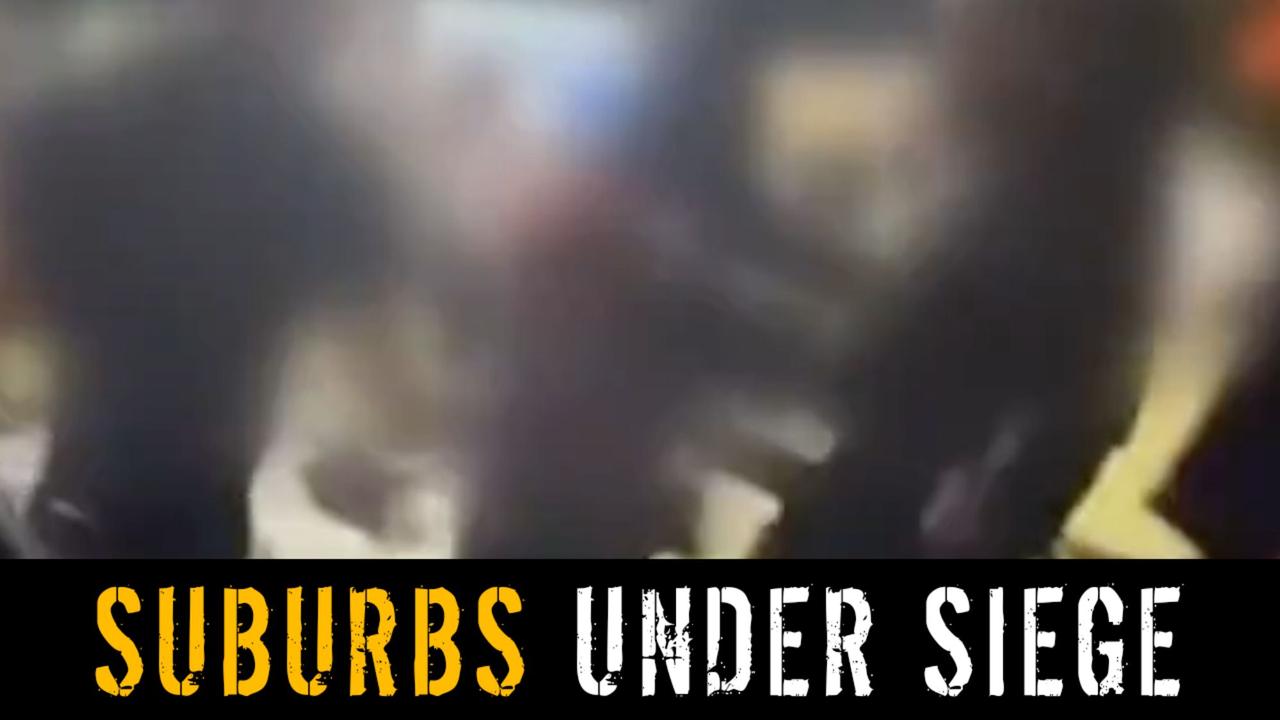Russell Dickson admits he did not follow safety policies and procedures before teen’s death
A train driver has spoken for the first time about what happened in the moments leading up to the horror death of an 18-year-old passenger.

Police & Courts
Don't miss out on the headlines from Police & Courts. Followed categories will be added to My News.
A former Metro Trains driver has admitted to not following safety policies and procedures moments before a teenager fell to their death while trying to board his train.
Speaking publicly for the first time 10 years on from Mitchell Callaghan’s death, Russell Dickson conceded he had initially tried to leave the station despite being alerted a door remained open.
Mr Callaghan, 18, died after he fell in the gap between the platform and the carriage as he tried to jump onto the moving train, with the doors being prised open by his friends, as it was departing Heyington railway station in Toorak just before midnight on February 22, 2014.
A coronial inquest into his death is probing if Mr Dickson failed to heed the warnings that there was an issue with the doors, and drove off.

The Coroner’s Court heard on Tuesday Mr Dickson had tried to depart the station three times on that night, but the doors were being held open.
In a bombshell admission, he told the court the first time he requested traction, the door light in the cabin was flashing to indicate an issue.
Asked why he steered away from his training and proceeded despite the light flashing, he said: “The only thing I can put it down to is muscle memory.”
He said he heard “the beeps and the clunks” of the doors from the cabin and assumed he was good to go.
But the train did not move because it registered the light was flashing.
Twenty-five seconds later, he tried the throttle again after claiming the light was “steady”, meaning he was clear to go, but then soon after it started flashing again.

Mr Dickson is adamant, the light was “steady”, when he finally pulled away from the station almost two minutes later.
“In my opinion, the doors were closed. I wouldn’t get a steady light if that door was open,” he said, adding the train would not have moved otherwise.
But the court heard the train was designed so that you could get traction after 60 seconds, even if the door button was flashing.
Mr Dickson denied knowing this at the time.
He also shut down suggestions by Damian Sheales, the Callaghan family’s lawyer, that he proceeded the third time because he was “tired of waiting as the group had disrupted everyone for too long”.
When Mr Sheales suggested it was a spur of the moment decision in which he regretted, Mr Dickson said: “No.”
Mr Dickson was initially charged with reckless conduct endangering life, but a magistrate later found he had no case to answer.
He had objected to giving evidence at the inquest, but Coroner Catherine Fitzgerald ruled that he had to, giving him a certificate preventing him from self-incrimination.
The experienced train driver, who now drives for V/Line, repeatedly told the inquest the light was on, indicating it was safe to depart, when he took off at the moment Mr Callaghan tried to get on.
He said he did not know anything was wrong until a manager was waiting for him on arrival at Flinders Street station.
“He said, ‘Come upstairs, there’s been an incident’,” he said. “That’s all he said.”
Mr Dickson said he then provided a blood sample for drug testing.
His first knowledge of it being a fatality, he said, was seeing it “on the news” 24 hours later.
Rachel Ellyard, counsel assisting the coroner, said the train data indicated Mr Dickson requested traction twice in 25 seconds from the platform but could not move because a door was open.
The next attempt by him to get traction was about two minutes later when the train left the station, she said.
The data, she said, shows at least one door remained open for 22 seconds after he started moving.
The coroner is expected to make her findings early next year.



